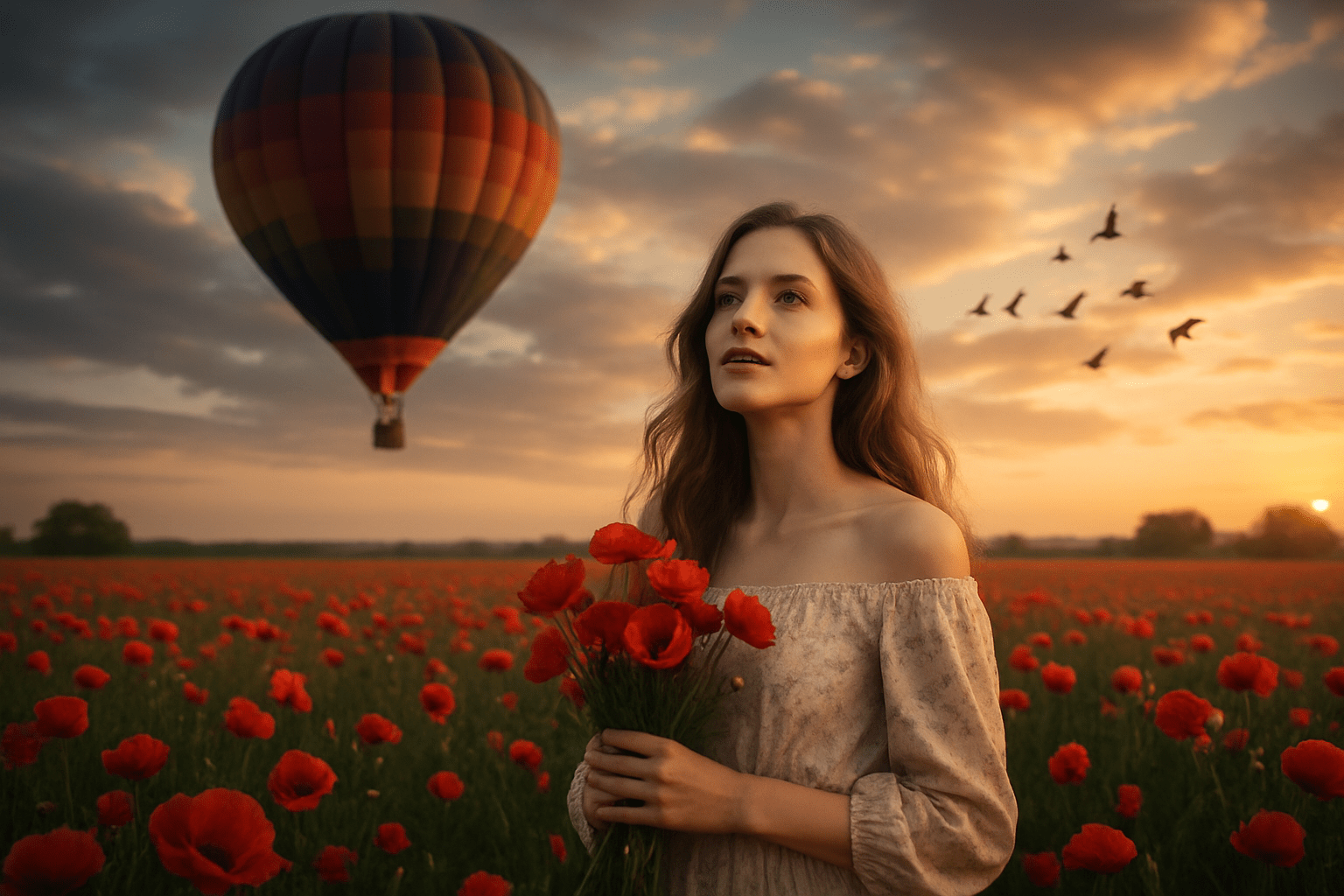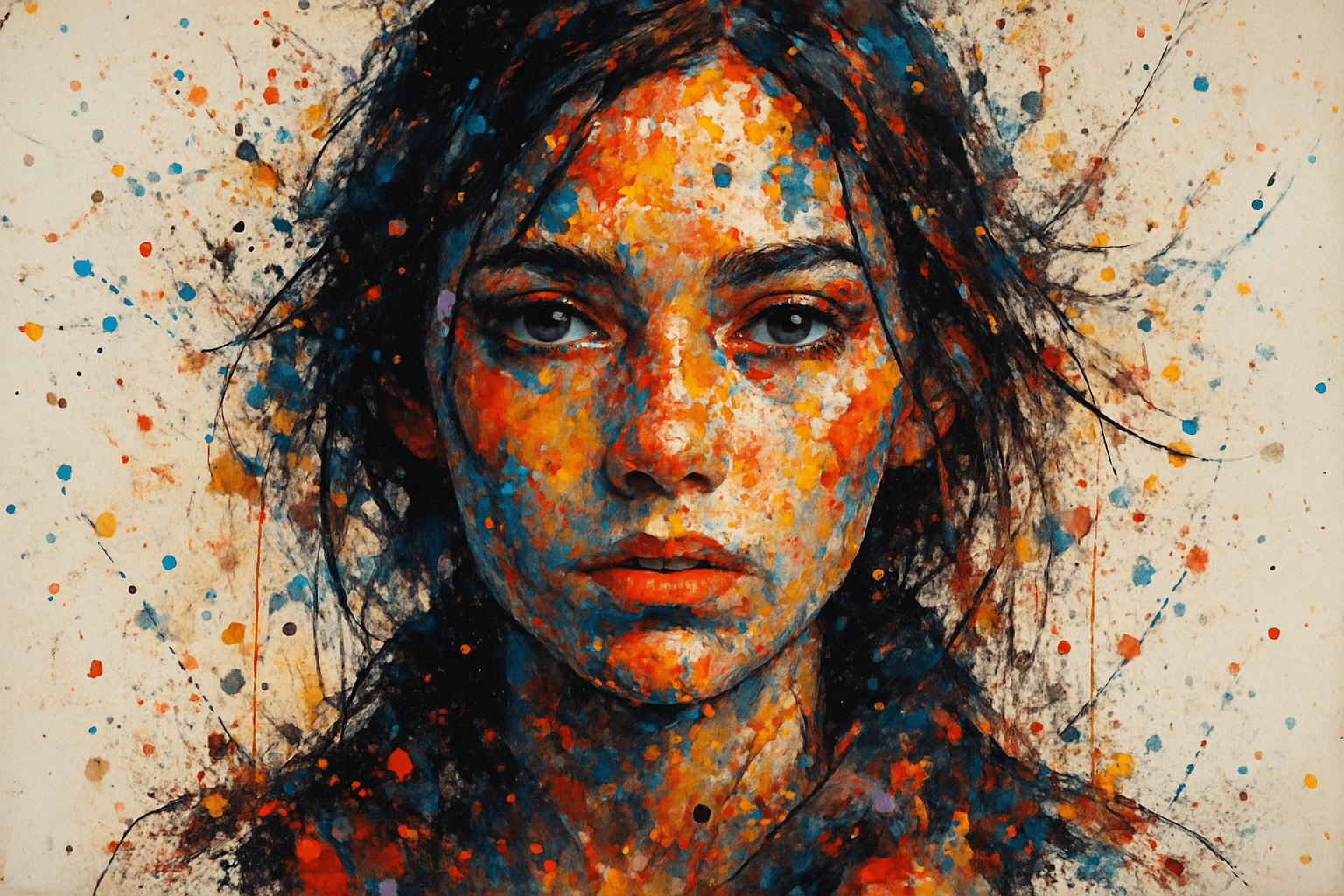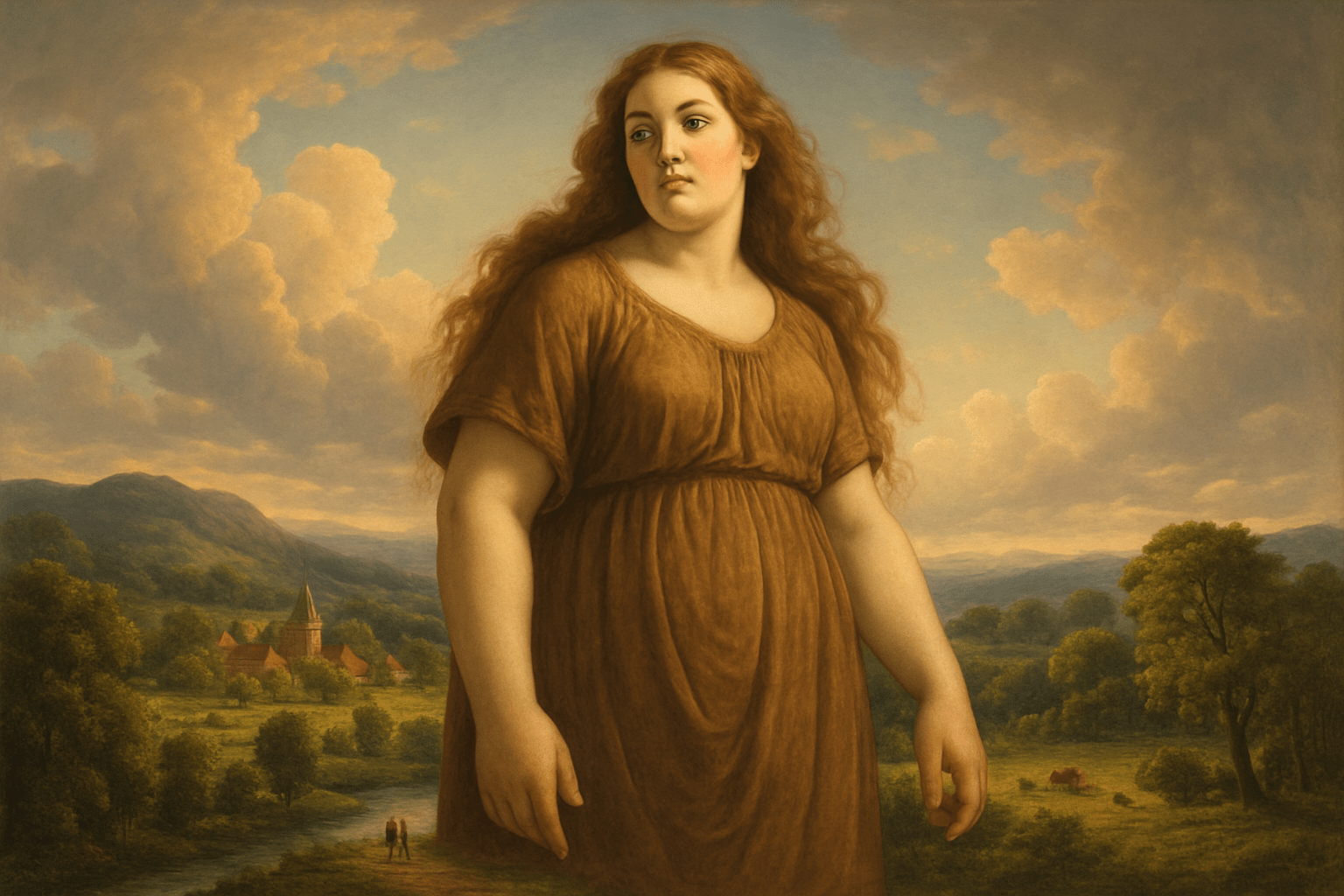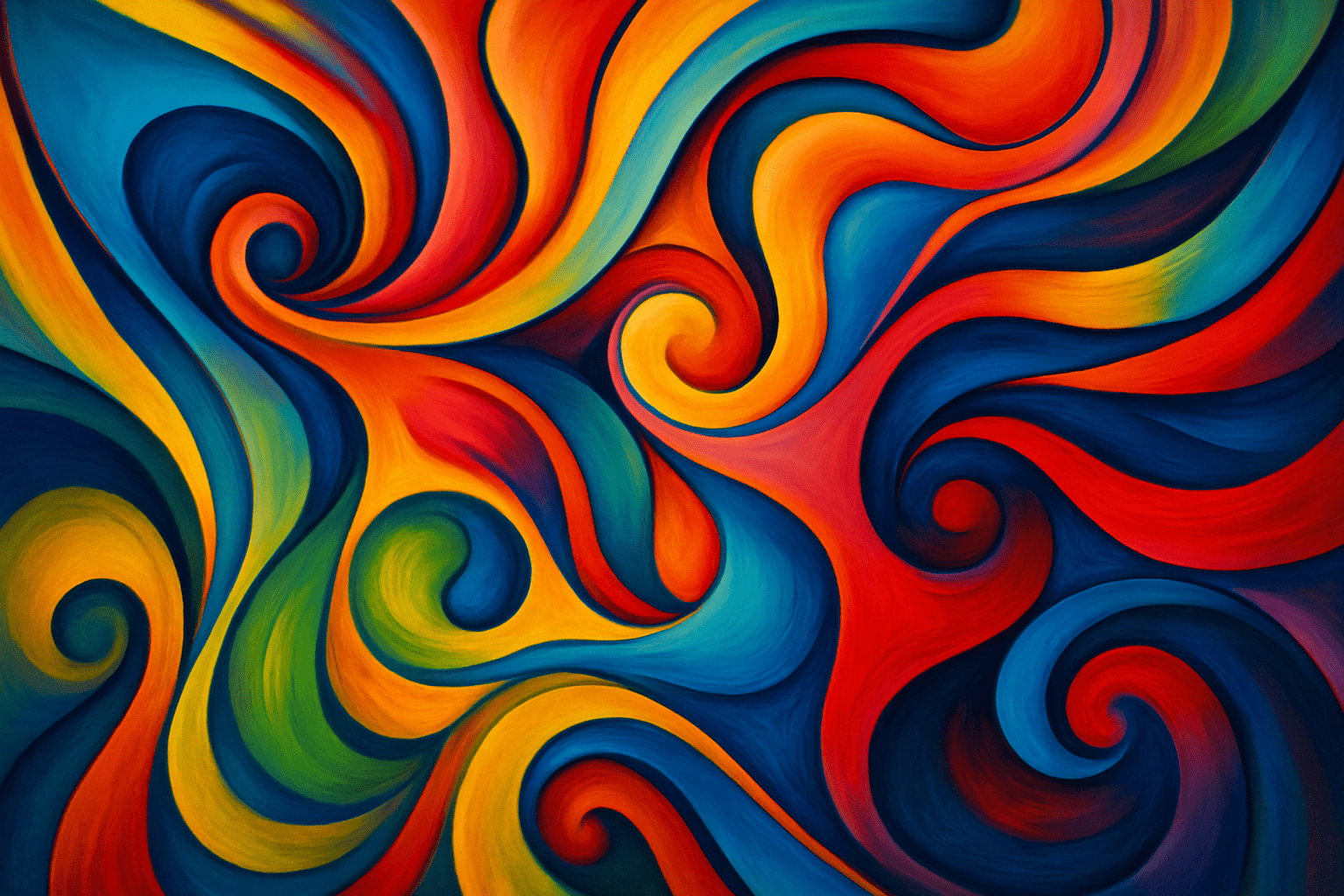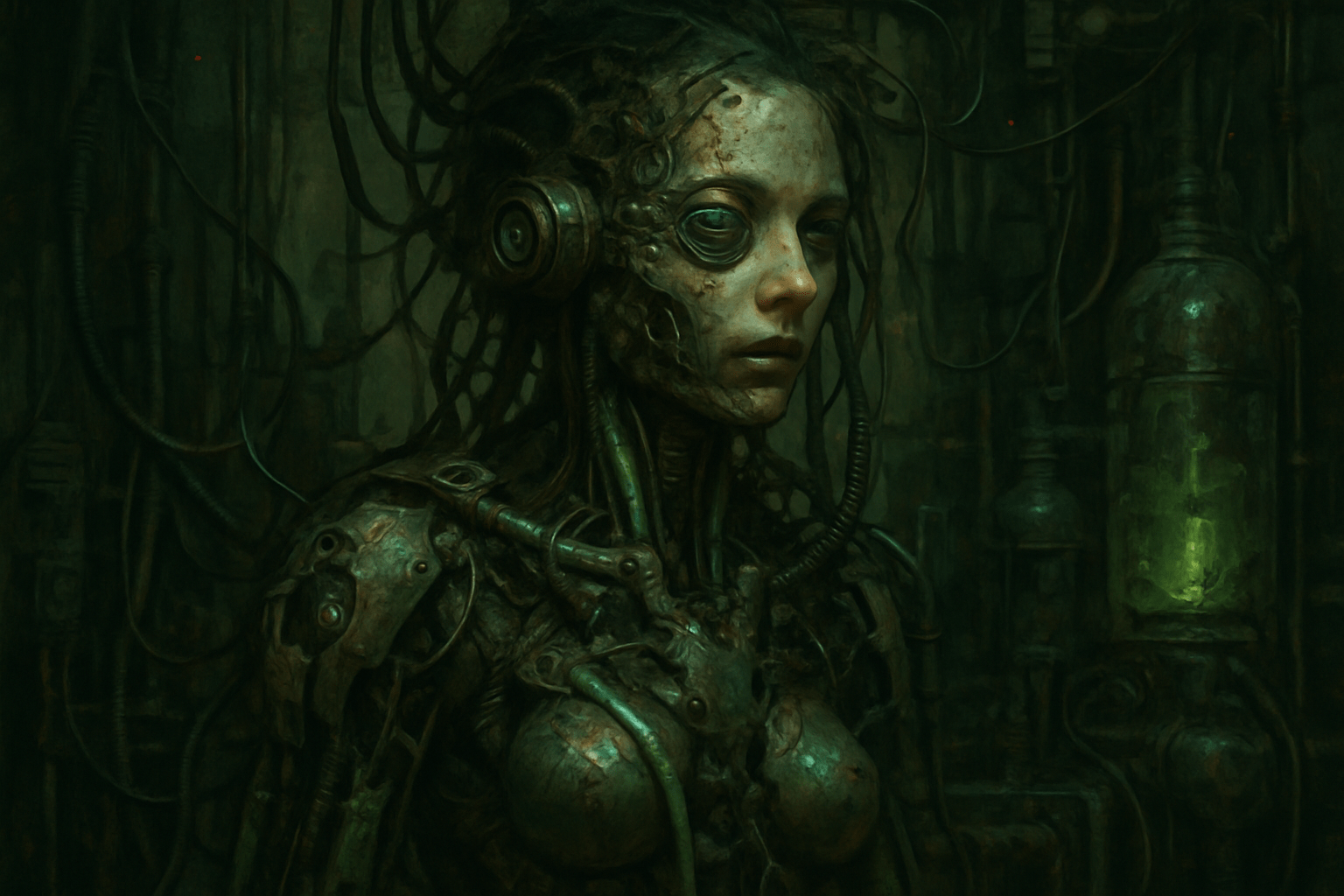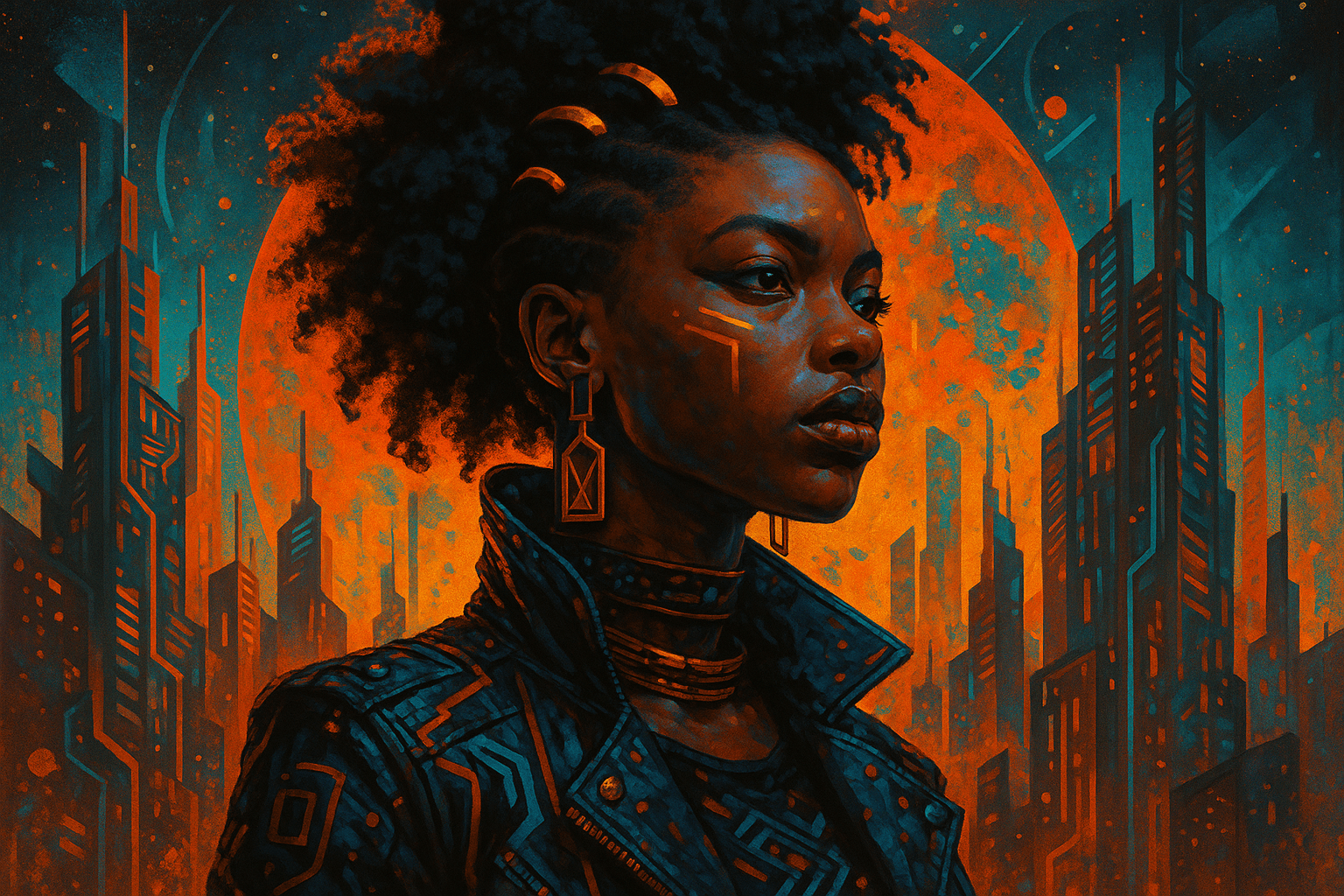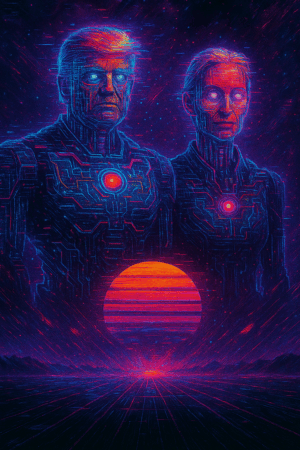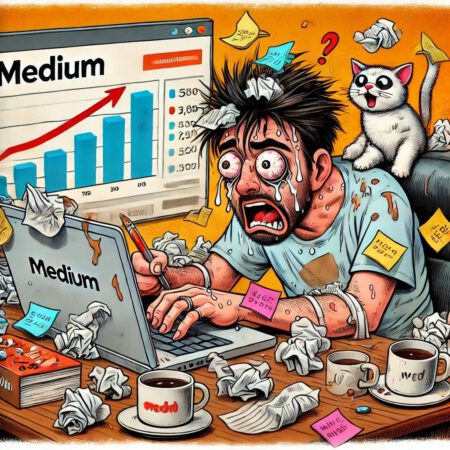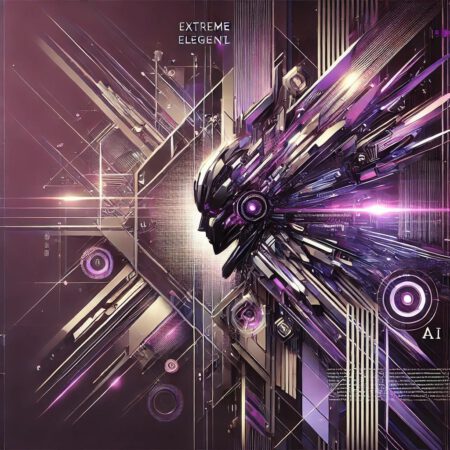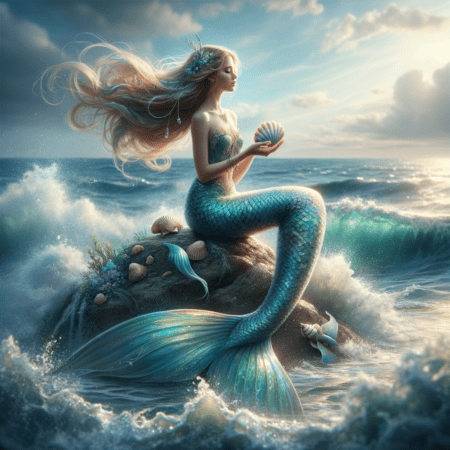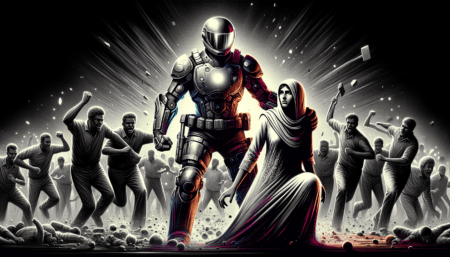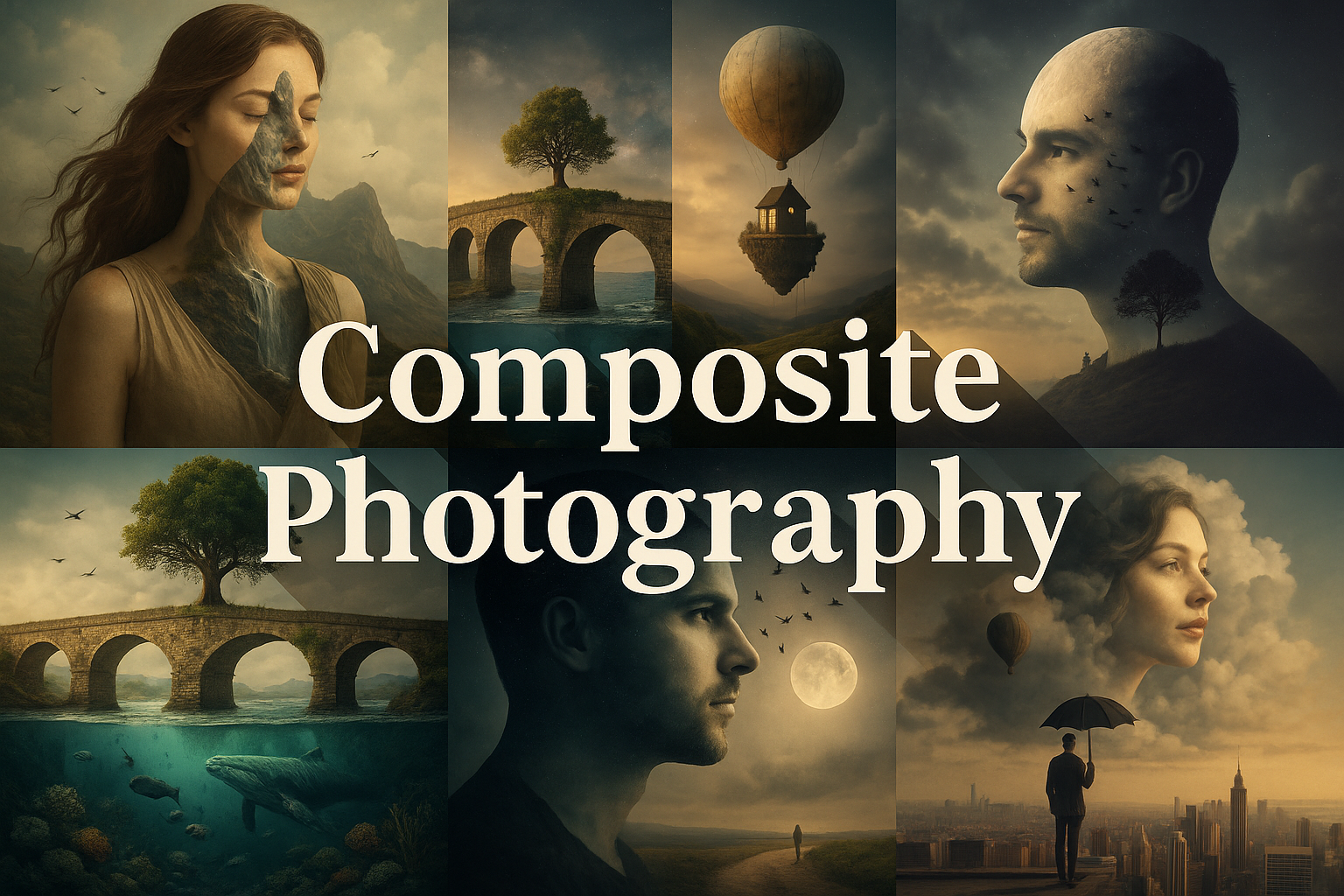
Composite Photography
The visual appearance of composite photography is often a mix of two or more images that have been combined to create a new image. The images can be from different sources, or they can be taken at different times. Composite photography often has a surreal or dreamlike quality to it.
AOI thinking about Composite Photography [+_~]-/
Overview and Quickfacts
Composite photography is a technique that involves combining two or more images into a single image. This can be done for a variety of reasons, such as to create a more aesthetically pleasing image, to tell a story, or to make a statement. Composite photography can be a very powerful tool when used correctly, and can result in some truly stunning images.
Can understand it also, as:
Collage photography, mixed media photography, photo montage
Categorize it as:
Impressionism, Modernism
.: Dreaming :.
holds a HAIKU for the art style
:. Thought is power .:
Detailed Description
Composite photography is a type of photography that combines two or more images into a single image. The resulting image is often more aesthetically pleasing than the individual images. Composite photography has been used for centuries, dating back to the early days of photography. Famous artists such as David Hockney and Chuck Close have used composite photography to create iconic images. Composite photography is often used to create images that would be impossible to capture in a single photograph. For example, a composite image can be used to show a person in multiple places at once. Composite photography can also be used to create images with a greater sense of depth or to combine multiple images into a panorama. While composite photography can be used to create beautiful images, it is important to remember that the process is not without its challenges. Composite images can be difficult to create, and the results can sometimes be less than perfect. However, with practice, anyone can create stunning composite images.
.. beep, beep, beep ..
<START OF TRANSMISSION>
1. Composite photography is a technique that combines two or more images into a single image. 2. This technique can be used to create a variety of effects, including adding depth or interest to an image, or creating a surreal effect. 3. Composite photography has been used by artists for centuries, dating back to the early days of photography. 4. In the early days of composite photography, images were often combined by physically cutting and pasting them together. 5. Today, composite photography is often done digitally, using software to combine images. 6. Composite photography can be used for a variety of purposes, including art, advertising, and even scientific research. 7. One of the most famous examples of composite photography is the "Mondrian" image, which was created by combining images of different colored squares. 8. Composite photography can be used to create images that are impossible to create with traditional photography, such as images with multiple exposures or images with objects floating in mid-air. 9. Composite photography can be used to create images that look three-dimensional, even when they are actually two-dimensional. 10. Composite photography can be used to create images with a miniature effect, by combining images taken from different angles. 11. Composite photography can be used to create images with a "tilt-shift" effect, making objects appear to be miniature. 12. Composite photography can be used to create images with a "fisheye" effect, making objects appear to be distorted. 13. Composite photography can be used to create images with a "panoramic" effect, by combining images taken from different vantage points. 14. Composite photography can be used to create images with a "HDR" (High Dynamic Range) effect, by combining images taken at different exposures. 15. Composite photography can be used to create images with a "time lapse" effect, by combining images taken at different intervals. 16. Composite photography can be used to create images with a "stop motion" effect, by combining images taken of a moving object at different intervals. 17. Composite photography can be used to create images with a "light painting" effect, by combining images taken with different lighting conditions. 18. Composite photography can be used to create images with a "long exposure" effect, by combining images taken with different shutter speeds. 19. Composite photography can be used to create images with a "multiple exposure" effect, by combining images taken with different exposures. 20. Composite photography can be used to create images with a "zoom" effect, by combining images taken at different focal lengths.
<EOF>
.. robbel bob
Visual Examples from our image gallery
Coming soon, we are so slow .. might never come
Artists, Paintings, and more
(be aware, can be highly speculative)
Artists (be aware, speculation possible):
1. William Henry Fox Talbot (1800-1877) 2. Roger Fenton (1819-1869) 3. Julia Margaret Cameron (1815-1879) 4. Lewis Carroll (1832-1898) 5. Oscar Rejlander (1813-1875) 6. Henry Peach Robinson (1830-1901) 7. John Everett Millais (1829-1896) 8. Dante Gabriel Rossetti (1828-1882) 9. Edward Burne-Jones (1833-1898) 10. William Morris (1834-1896) 11. John Ruskin (1819-1900) 12. Gertrude KÃÂäsebier (1852-1934) 13. Clarence H. White (1871-1925) 14. Alfred Stieglitz (1864-1946) 15. Edward Steichen (1879-1973) 16. Paul Strand (1890-1976) 17. Man Ray (1890-1976) 18. LÃÂászlÃÂó Moholy-Nagy (1895-1946) 19. Walker Evans (1903-1975) 20. Margaret Bourke-White (1904-1971) 21. Dorothea Lange (1905-1965) 22. Ansel Adams (1902-1984) 23. Eliot Porter (1901-1990) 24. Aaron Siskind (1903-1991) 25. Harry Callahan (1912-1999) 26. Ray Metzker (1931-2014) 27. Emmet Gowin (1941-present) 28. Barbara Kruger (1945-present) 29. Cindy Sherman (1954-present) 30. Richard Avedon (1923-2004)
Artworks (be aware, speculation possible)
1. “The Hay Wagon” by American painter Andrew Wyeth (1937) 2. “Nighthawks” by American painter Edward Hopper (1942) 3. “American Gothic” by American painter Grant Wood (1930) 4. “The Persistence of Memory” by Spanish painter Salvador Dali (1931) 5. “The Scream” by Norwegian painter Edvard Munch (1893) 6. “The Starry Night” by Dutch painter Vincent van Gogh (1889) 7. “The Kiss” by Austrian painter Gustav Klimt (1908) 8. “The Sleeping Gypsy” by French painter Henri Rousseau (1897) 9. “Arnolfini Portrait” by Italian painter Jan van Eyck (1434) 10. “The Madonna and Child” by Italian painter Leonardo da Vinci (1472) 11. “The Last Supper” by Italian painter Leonardo da Vinci (1498) 12. “Mona Lisa” by Italian painter Leonardo da Vinci (1503-1506) 13. “The Birth of Venus” by Italian painter Sandro Botticelli (1486) 14. “The Annunciation” by Italian painter Fra Angelico (1430-1432) 15. “The Baptism of Christ” by Italian painter Andrea del Verrocchio (1475) 16. “The Adoration of the Magi” by Italian painter Gentile da Fabriano (1423) 17. “The Hunt in the Forest” by Italian painter Paolo Uccello (1470) 18. “The Battle of San Romano” by Italian painter Paolo Uccello (1438-1440) 19. “The Pallas Athene” by Italian painter Raphael (1511) 20. “The Sistine Madonna” by Italian painter Raphael (1513-1514) 21. “The Transfiguration” by Italian painter Raphael (1520) 22. “The School of Athens” by Italian painter Raphael (1510-1511) 23. “The Last Judgment” by Italian painter Michelangelo (1536-1541) 24. “The Creation of Adam” by Italian painter Michelangelo (1512) 25. “The Creation of Eve” by Italian painter Michelangelo (1512) 26. “The Fall of Adam and Eve” by Italian painter Michelangelo (1512) 27. “The Deluge” by Italian painter Michelangelo (1512) 28. “The Sacrifice of Isaac” by Italian painter Caravaggio (1603) 29. “The Calling of Saint Matthew” by Italian painter Caravaggio (1600) 30. “The Martyrdom of Saint Matthew” by Italian painter Caravaggio (1600)
Epoch
The art style Composite Photography emerged in the late 19th century.
AI ART RESSOURCES (AKA, well Tools)
Helping tools -> predefined search links on other pages:
